
cd_nom
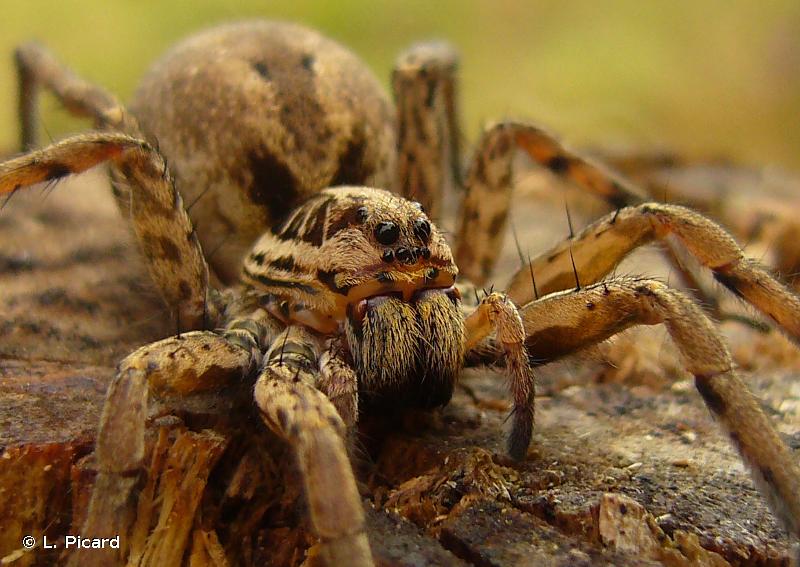
| Author : L. Picard |
 |
To get the picture, please visit:
Lionel Picard
Association française d'Arachnologie
http://asfra.fr/Site/Main_public.html
email : inpn@mnhn.fr
Any reuse of one or more photographs on this site is subject to an authorization request from the author.
Link to the Code of Intellectual Property (Legifrance)
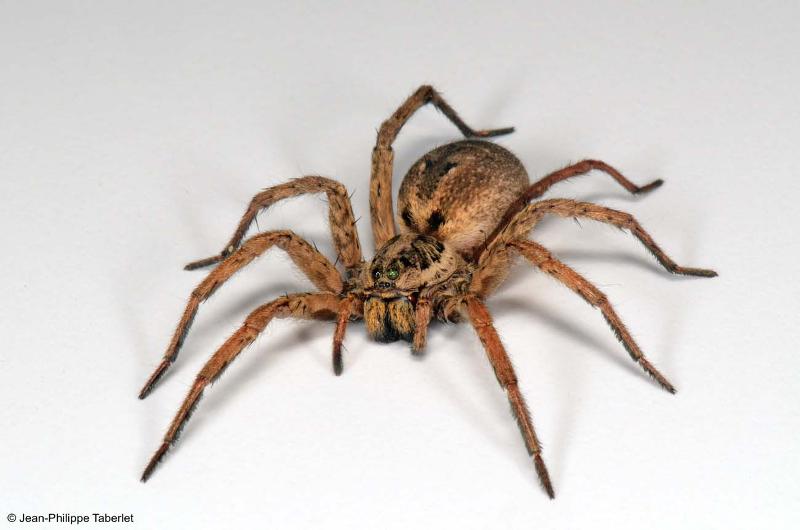
 |
To get the picture, please visit:
Jean-Philippe TABERLET
Association française d'arachnologie (AsFra)
e-mail : inpn@mnhn.fr
Legend: Femelle
Despite the Creative Commons license, please inform the author of the use which will be made of his photo
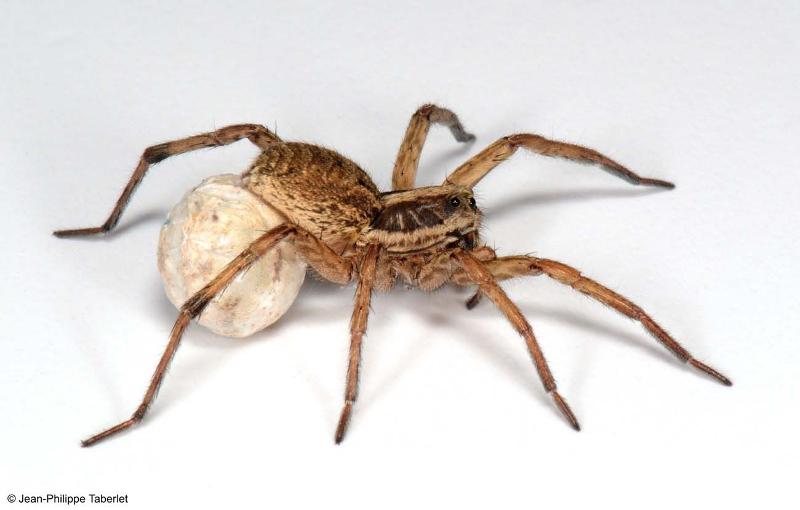
 |
To get the picture, please visit:
Jean-Philippe TABERLET
Association française d'arachnologie (AsFra)
e-mail : inpn@mnhn.fr
Legend: Femelle
Despite the Creative Commons license, please inform the author of the use which will be made of his photo
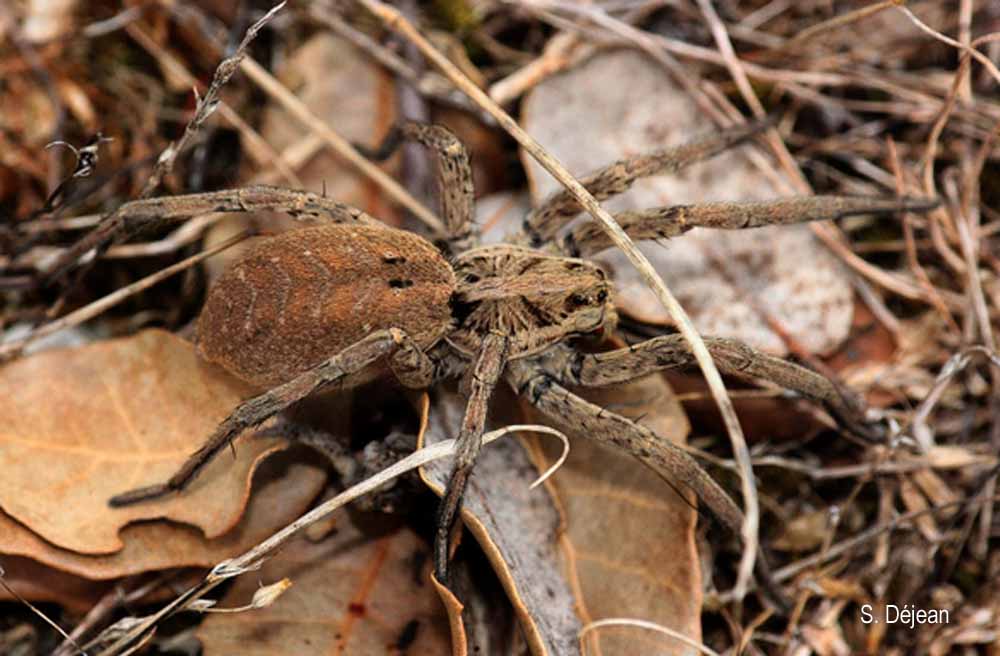
| Author : S. Déjean |
 |
To get the picture, please visit:
Sylvain Déjean
Biodiversité et gestion des territoires
Université de Rennes 1
SPN, Av du Gal leclerc
30042 Rennes Cedex
email: alain.canard@univ-rennes1.fr
Legend: Ardèche
Any reuse of one or more photographs on this site is subject to an authorization request from the author.
Link to the Code of Intellectual Property (Legifrance)

| Author : J. Touroult |
 |
To get the picture, please visit:
Julien Touroult
UMS PatriNat (AFB - CNRS - MNHN)
Muséum national d'Histoire naturelle, CP41, 36 rue Geoffroy Saint-Hilaire, 75005 Paris
Legend: Chênaie pubescente. Lot.
Despite the Creative Commons license, please inform the author of the use which will be made of his photo
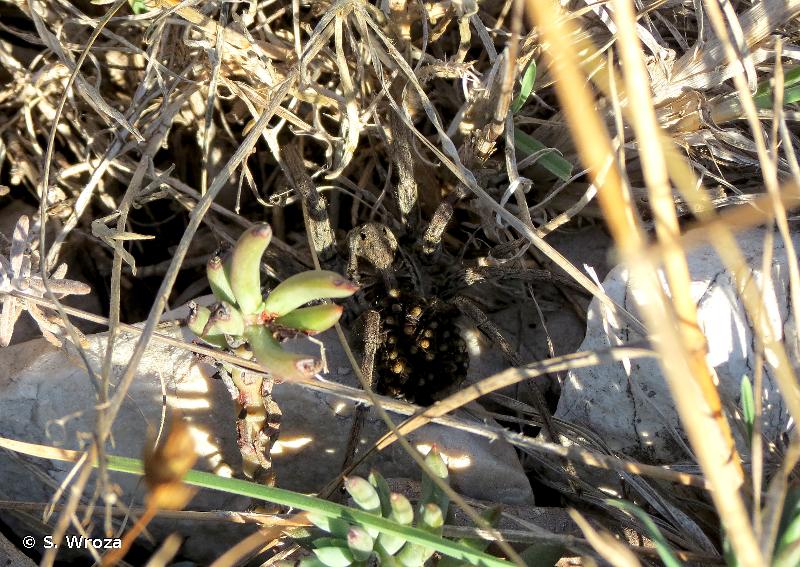
| Author : S. Wroza |
 |
Despite the Creative Commons license, please inform the author of the use which will be made of his photo

| Author : J-J. Tilly |
 |
To get the picture, please visit:
Jean-Jacques Tilly
Association française d'Arachnologie
http://asfra.fr/Site/Main_public.html
email : inpn@mnhn.fr
Any reuse of one or more photographs on this site is subject to an authorization request from the author.
Link to the Code of Intellectual Property (Legifrance)
Distribution mondiale
Europe du sud, Bassin méditerranéen
Caractères distinctifs, espèces
Taille - femelle : 14-25 mm, mâle : 10-18 mm.
L'organisation oculaire est caractéristique des araignées-loups. C'est une très grande araignée brune, au céphalothorax muni de deux bandes latérales plus sombres. La face ventrale est sombre. C'est la seule espèce du genre en France. En raison de sa grande taille, elle peut toutefois être confondue avec les espèces du genre Lycosa mais la face inférieure de ses pattes antérieures n'est pas parée de couleurs vives contrastées.
Milieux colonisés
L'espèce colonise des milieux chauds, avec peu de végétation, souvent rocailleux ou avec du sol nu.
Chasse
C'est une espèce errante qui ne construit pas de retraite, excepté pour la mue. Elle capture le jour les proies qu'elle repère visuellement. Ses proies sont assez diverses : orthoptères (grillons, criquets), diptères, coléoptères, etc. et de taille parfois supérieure à elle.
Développement, cycle
Les mâles sont visibles de mai à juillet, les femelles de mai à octobre. Le cycle est annuel. La période de reproduction est printanière. La femelle fécondée pond un cocon comprenant plus d'une centaine d'œufs qu'elle déplace avec elle. Les jeunes en sortent au bout d'une vingtaine de jours et montent sur le dos de la mère. Elle les transporte pendant quelques jours puis ils se dispersent et mènent ensuite une vie solitaire. Ils passent l'hiver à un stade avancé et deviendront adultes au printemps suivant.
A. Canard(Université de Rennes/Service du Patrimoine Naturel, MNHN),2014
Continental
Metropolitan France
Overseas
Marine
Metropolitan France
Overseas
The map presents a summary at the 10 x 10 km grid of the observation data for the species transmitted to the SINP. These data have been subjected to validation filters.
The map presents a reference distribution layer of the species at the scale of departments and marine sectors. The presence and absence data were established by expertise within a network of partners. This reference distribution is used in the validation process of the SINP data at the INPN level.
Corresponds to a report on the basis of at least one observation proved within a period of 10 years (20 years for little-known invertebrates) preceding the year and no presumption of extinction since obtaining the last data nor doubt on reproductive and implemented nature of this population. For migratory species, the presence indicated concerns areas of reproduction.
This status is based on one or more of the following criteria:
This point covers the absence, more difficult by nature to demonstrate than presence. This status is based on one or more of the following criteria:
This status must be assigned to a department in which the presence of the species is casual.
Particular case of absence due to a proven extinction less than a half century ago (older disappearances are treated as "no probable or definite").
In the state of knowledge, we can not comment on the presence or absence in the current department. This is the default status when not comprised in one of the previous categories or whenever there is doubt.
The map shows the global distribution of the species based on GBIF data (Global Biodiversity Information Facility).
